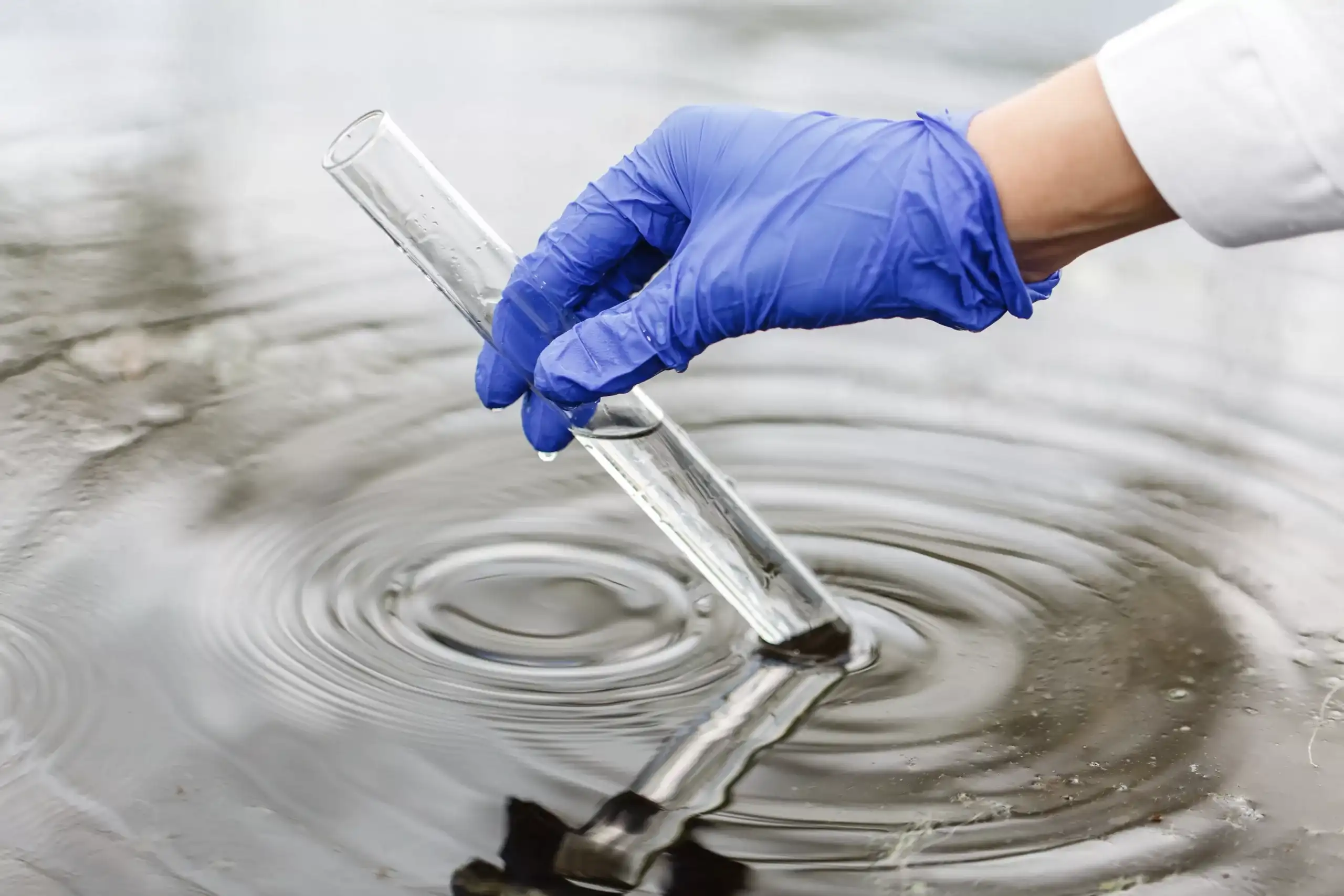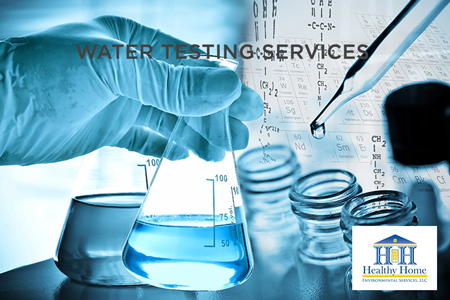Why You Need To Pick Our Water Testing Service for Your Home
Wiki Article
Recognize the Value of Water Screening in Keeping Compliance With Health Criteria
In the realm of public health, understanding the relevance of water screening is vital for preserving compliance with stringent health criteria established forth by authoritative bodies like the WHO and EPA. This technique works as a frontline protection against the seepage of unsafe impurities, ranging from microbial pathogens to unsafe chemicals. However what are the accurate methods made use of in water screening, and how do they ensure that our most crucial resource remains unpolluted? As we explore these facets, the more comprehensive implications for regulatory conformity and environmental sustainability start to unfold, welcoming further reflection on this vital subject.Secret Wellness Criteria for Water
Making certain the security and top quality of drinking water is extremely important, as it directly influences public health. Rigid health requirements are established to secure individuals from waterborne conditions and contaminants that can cause unfavorable wellness impacts. The World Wellness Organization (THAT) and national agencies like the Epa (EPA) in the United States set standards and regulatory restrictions for different physical, chemical, and organic parameters in alcohol consumption water.These standards are based upon extensive clinical study and are periodically examined to include technical innovations and brand-new findings. Key specifications consist of microbial impurities such as infections and germs, chemical toxins like lead and arsenic, and physical features such as turbidity and pH degrees. Compliance with these requirements guarantees that water is complimentary from dangerous materials and is cosmetically pleasing to the consumer.
Water testing plays an important function in verifying conformity with these wellness requirements. Routine monitoring and screening aid determine potential issues prior to they present a considerable health threat, enabling timely intervention and remediation. By complying with these standards, water providers can maintain public self-confidence in the safety and security of the neighborhood's water system, thus safeguarding public wellness successfully.
Typical Contaminants Spotted
When analyzing water quality, what are the most common impurities that often tend to be detected? Microbial microorganisms, consisting of microorganisms like Escherichia coli and protozoans such as Giardia and Cryptosporidium, are often located in water resources, posing considerable health and wellness threats if ingested.Nitrates, typically resulting from farming plant foods, can lead to major health and wellness concerns, particularly in infants. Unpredictable natural substances (VOCs) and chemicals, results of commercial tasks and agricultural methods, more add to water contamination.
Not natural substances such as fluoride and chlorine, although occasionally purposefully included in water for health benefits, can come to be bothersome at elevated degrees. Arising pollutants, including drugs and personal treatment products, are significantly being found, increasing problems regarding their possible effect on human wellness and environments. Attending to these contaminants is necessary for protecting public wellness and guaranteeing water top quality compliance.
Methods of Water Screening
Water testing's precision is important for making sure and recognizing impurities safety compliance. One prevalent technique is spectrophotometry, which measures the absorption of light by chemical compounds in the water, consequently determining aspects like phosphates and nitrates.Chromatography is an additional innovative approach made use of, specifically for natural impurities. By dividing mixtures into individual components, it permits thorough evaluation of intricate pollutants. Gas chromatography and liquid chromatography are frequently utilized variants, each fit for various substance types.
Microbiological testing is vital for identifying virus such as bacteria, infections, and protozoa. Strategies such as membrane layer filtration and multiple-tube fermentation are employed to society and determine microbial existence. These approaches are crucial in protecting public health and wellness by making sure microbial safety and security.

Advantages of Routine Testing
Recognizing the different methods of water screening highlights the requirement of regular screening methods to maintain water high quality. Regular water screening acts as a proactive action to determine potential impurities before they rise into significant health and wellness risks. By continually checking water high quality, companies can find pollutants such as microorganisms, heavy metals, and chemical deposits early, enabling timely treatments that avoid wellness risks and pricey remediation efforts.
Moreover, routine screening ensures that water systems conform with well-known health requirements and laws. This conformity is essential for preventing lawful fines and maintaining the count on of stakeholders and customers. Consistent water quality evaluations aid recognize trends or variations in water composition, giving important information that can guide functional choices and resource administration strategies.
In industries such as local water supply, food, and healthcare processing, keeping high water top quality criteria is essential to protecting public wellness. Generally, the benefits of normal water testing expand past compliance, boosting operational performance, public security, and environmental stewardship.
Tips to Ensure Conformity
see pageTo make sure compliance with water top quality policies, companies need to implement an organized approach incorporating both restorative and preventative steps. A thorough risk analysis must be conducted to determine potential contamination resources and susceptabilities within the water system. This assessment notifies the growth of a tailored water administration strategy that describes specific checking methods, frequency, and criteria required to fulfill regulatory standards.
Subsequent to the planning phase, organizations should establish a schedule for regular water testing that sticks to both neighborhood and nationwide standards. Making use of recognized research laboratories makes certain the precision and reliability of test outcomes. Any deviations from acceptable water high quality requirements have to motivate immediate corrective actions, such as system cleansing, repairs, or changes in treatment processes.
Furthermore, maintaining thorough documents of all testing activities, outcomes, and restorative actions is important for demonstrating the original source compliance throughout audits and inspections. Normal training and updates for team entailed in water monitoring processes are critical to guarantee they recognize current regulations and ideal techniques.
Final Thought
Normal water screening is essential for preserving conformity with health requirements established by companies such as WHO and EPA. Positive surveillance protects public health and wellness, sustains regulatory compliance, and fosters confidence in water top quality monitoring.In the realm of public health, understanding the significance of water testing is essential for preserving compliance with rigorous wellness criteria set forth by reliable bodies like the That and EPA. By adhering to these standards, water carriers can maintain public confidence in the security of the neighborhood's water supply, consequently guarding public wellness effectively.

In fields such as metropolitan water healthcare, supply, view website and food processing, keeping high water high quality standards is integral to protecting public health and wellness.
Report this wiki page